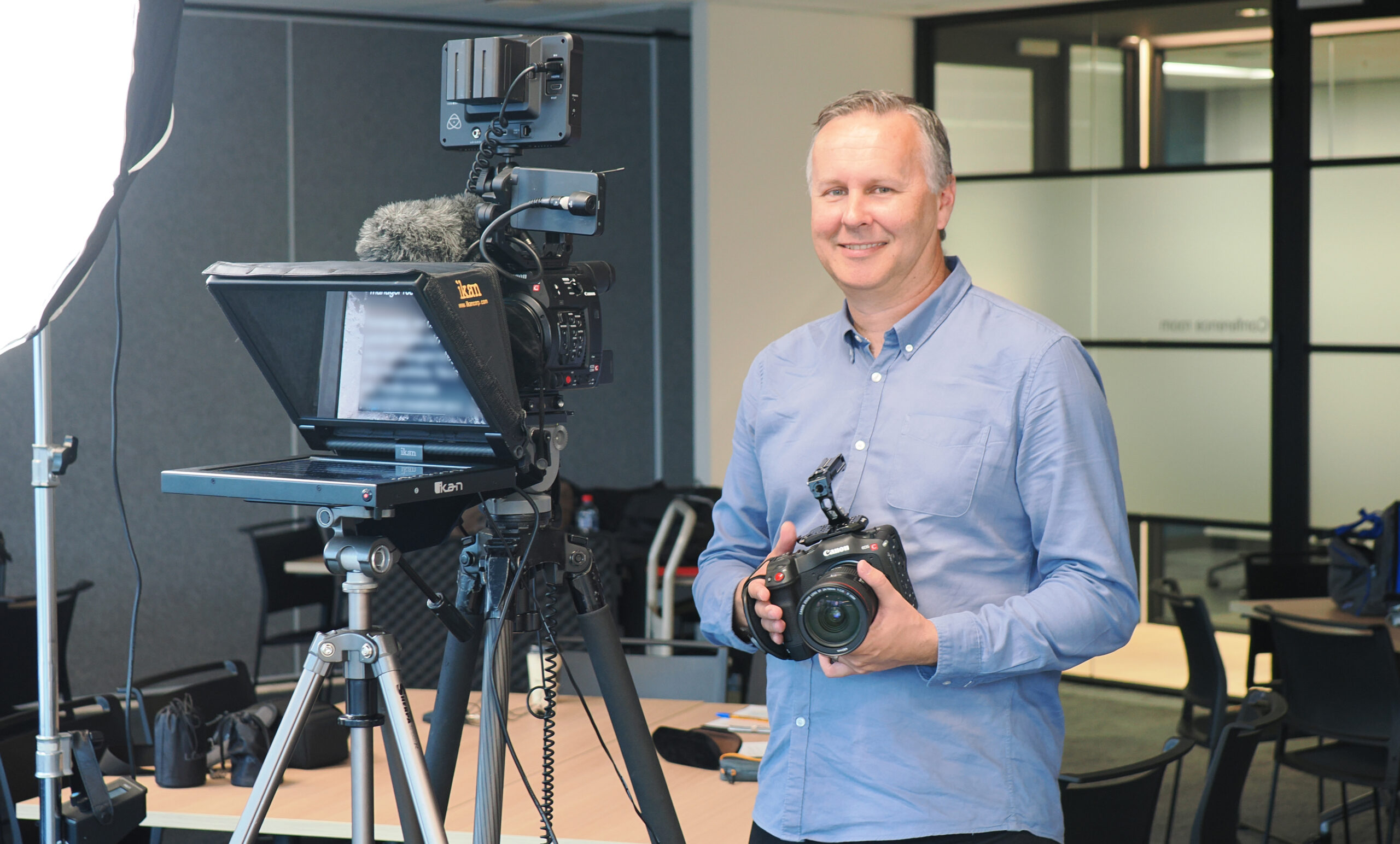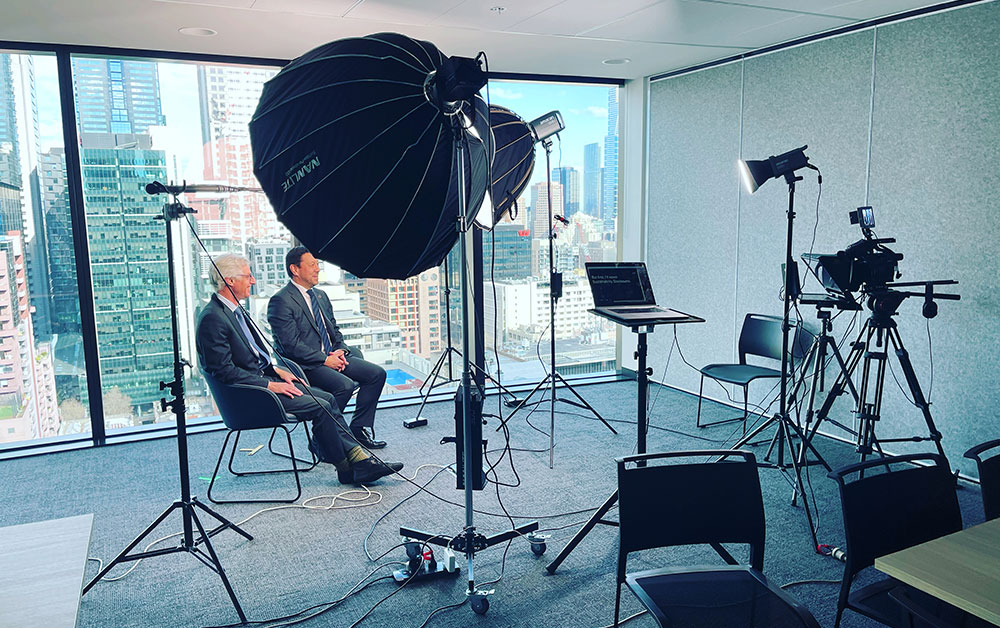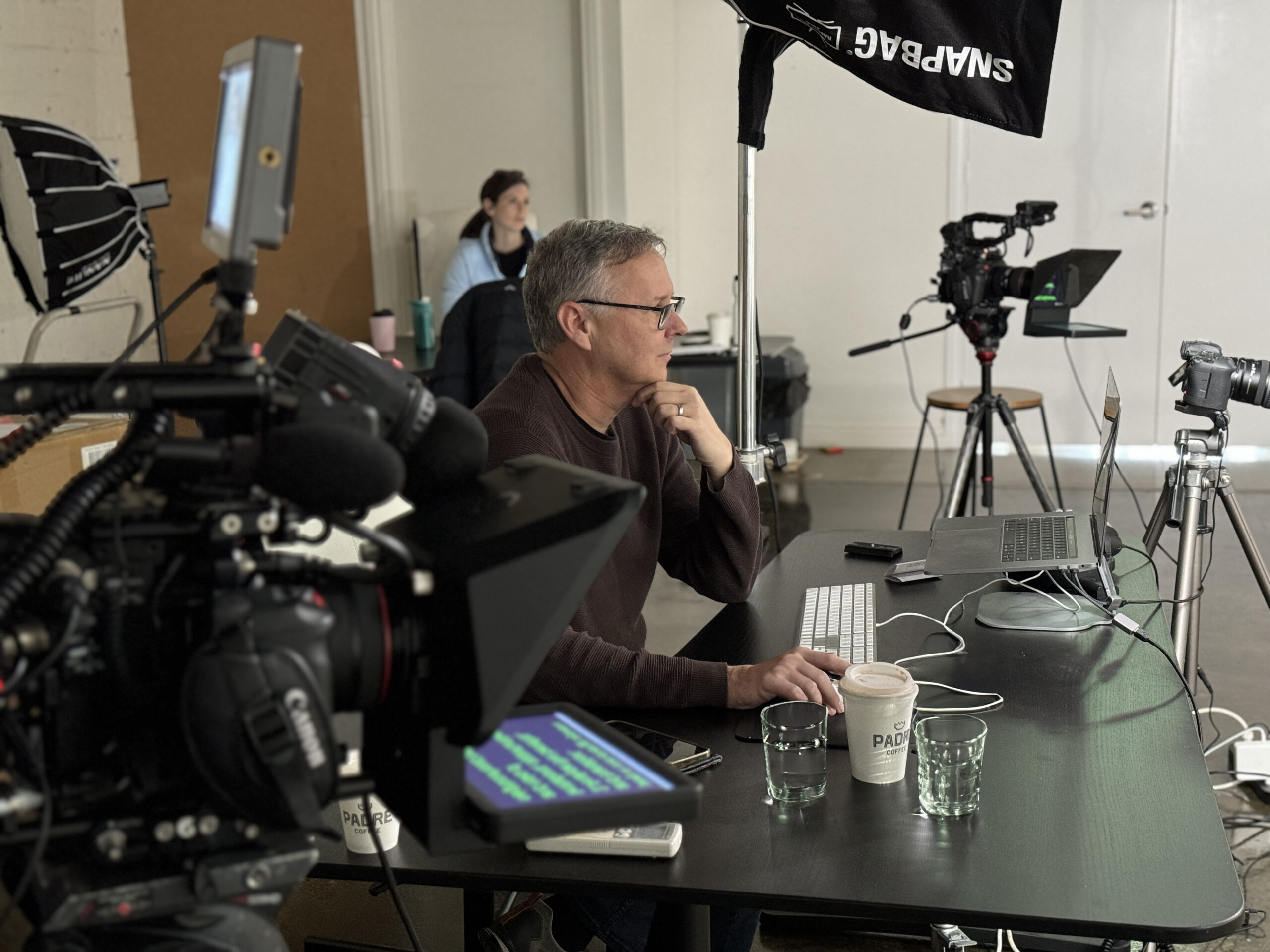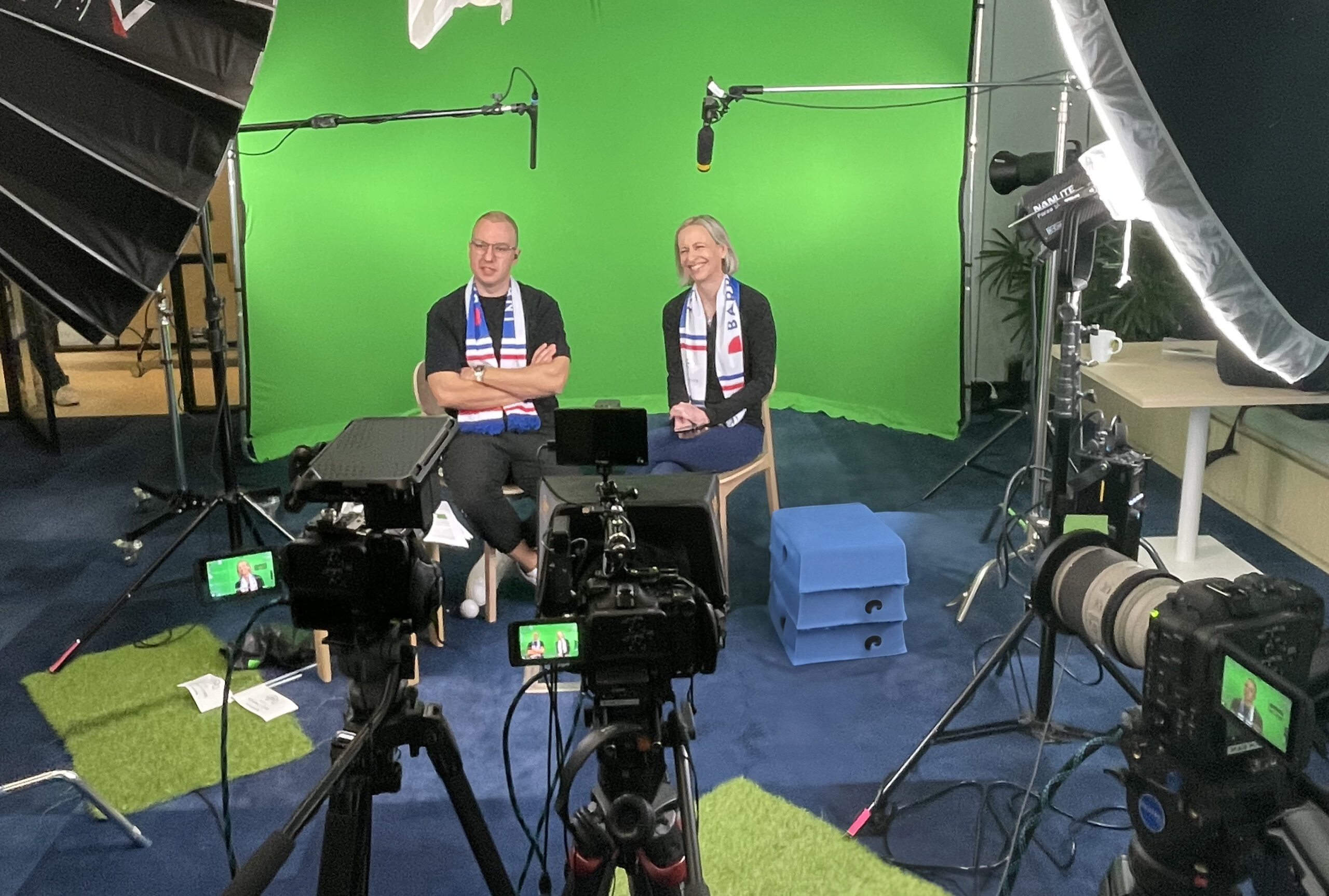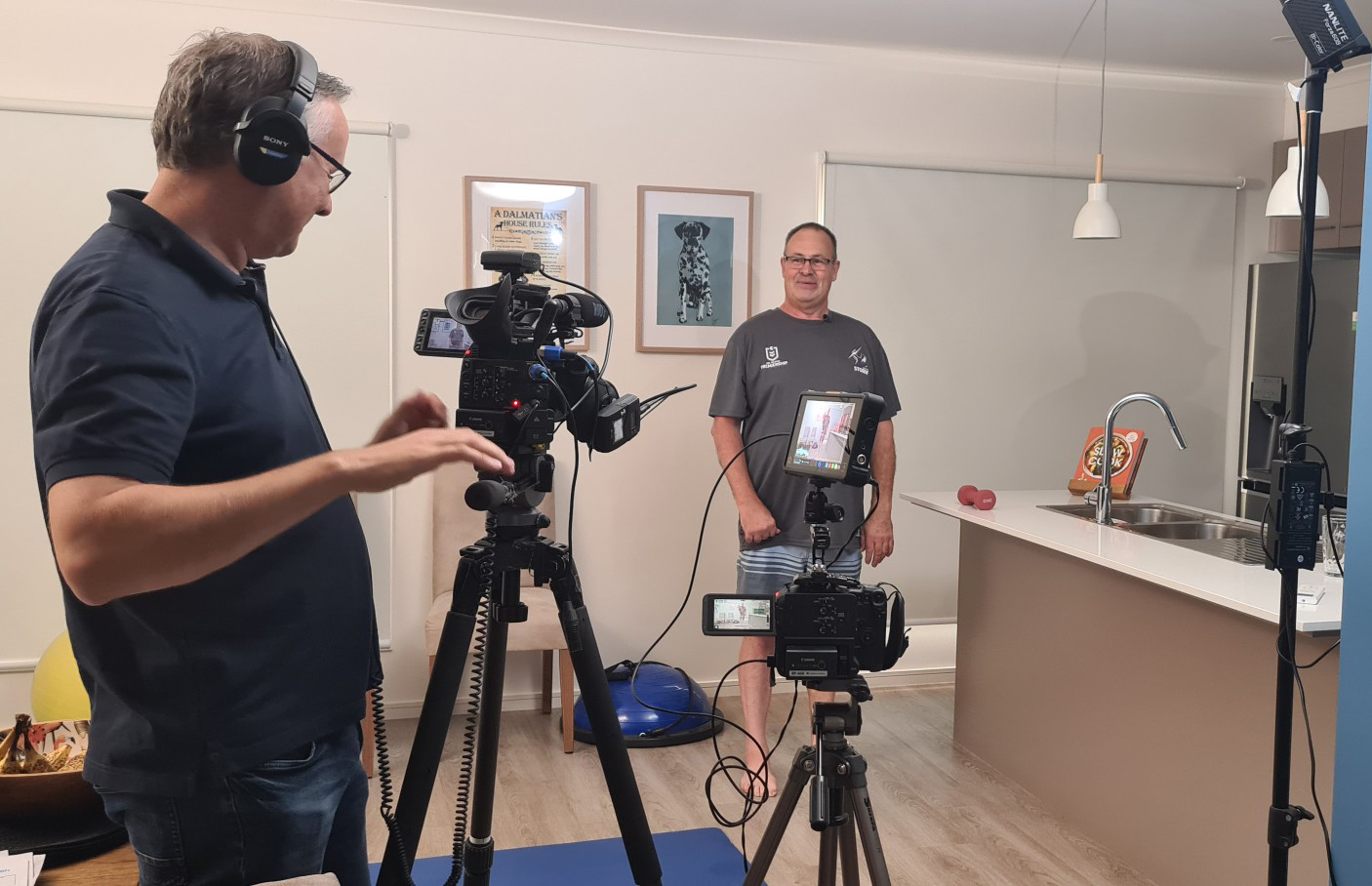By Sophie Grainge
Earlier this month I attended ‘The Future of Video’ conference hosted by The Digital Industry Association of Australia (AIMIA). Naturally, I was keen to hear what the industry experts had to say on the topic and how Visual Culture and our clients could benefit from their insight. I was also looking forward to watching some great video content – didn’t everyone love watching videos during class!?
From this presentation and vast amounts of other reports and research in the market, one thing is pretty clear: video is growing – and it’s growing at a rapid rate. According to global networking giant, Cisco, video will account for 79% of all consumer internet traffic in 2018. It’s no wonder big brands and businesses are investing more in video content. According to an article in the Guardian, 64% of marketers expect video to dominate their strategies in the near future. With this growth comes innovation and new technology. Here are our top 5 trends for the future of video we think you need to know about.
- Video communities are on the rise
- Video is driving digital innovation
- Content will always be king
- Big businesses are investing in video
- Think of your customers as filmmakers
1. Video communities are on the rise
Digital technology has fundamentally changed the way we interact with media. In the day of analogue TV, audiences watched what was available – and this was limited to a few channels.
Now, we have far more control. We watch whatever we want, wherever we want and whenever we want. According to Will Berryman from Hostworks, traditional audiences are being replaced with ‘video communities.’
Video communities are passionate and they actively seek and engage with content. They not only watch but they converse and share their experiences across multiple channels. Think Games of Thrones – are people who watch this an audience or a community?
Video is a core part of the conversation, and thus video communities have much greater value, Berryman believes. So for content marketers, it’s about making video experiences as expansive, rich and informative as possible.
So next time you create video content, think about your audiences a little differently. Compel them with your video and they’ll do the sharing for you!
2. Video is driving digital innovation
To keep up with the changing nature and demand for video content, some major broadcasters are experimenting with different ways of delivering content.
At the forefront is the ABC. Head of Online & Mobile, Mark Dando says the ABC is ‘mixing it up’ when it comes to delivering content. “We say choose your topic and we’ll throw the video, audio and text together” he says.
For example ABC’s new app The Brief, is designed to test new ways of bringing together and broadcasting content. Organised around themes and ideas that are current in news, culture and Australian society, stories are told with a mix of video, interactivity, text, audio and lapsed time. In this way, audiences are consuming content in a rich-multifaceted way.
The ABC are also one of the few broadcasters to embrace emerging social video platform Vine. Vine is a short-form video-sharing app, founded in 2012. Videos play on 6-second loops and can be ‘re-vined’ among users. As an example of Vine’s reach, ABC’s John Kerry vine post reached four times ABC’s average twitter reach and Will Farrell’s vine reached an audience of 1.1 million.
This is a channel to think about for your next video marketing campaign.
3. Content will always be king
A well-known adage among communication professionals – quality content will still be king (if not more important) in the future of video.
YouTube is one of the largest video platforms in the world – and number one in Australia. According to Google, Australians under the age of 25 spend 6 hours a week watching online video. It’s no wonder big brands and businesses want to know how to effectively engage audiences on this platform.
Creative Solutions Manager at Google, Maura Rosenbilt said the number one questions brands ask is ‘How do we make a video go viral?’ Her response? There’s no silver bullet, engagement with video content has and will always come down to quality content.
A great example is Volvo Trucks – The Epic Split feat. Van Damme which garnered an exceptional level of engagement considering the niche product – Volvo Truck Dynamic Steering. The ad was creative and compelling and attracted over 70 million views wordwide.
When you’re thinking about how to create quality content for your next video, Google’s advice is to “be brave, test, learn & reiterate and have fun!
4. Big businesses are investing in Video
According to Facebook, 50% of Australians watch video on Facebook and they spend 5.5 hours a day on digital devices – eclipsing traditional TV viewing habits.
Recognising this growth, Facebook recently purchased Liverail, a video advertising platform to enhance their video advertising capability. This will include the ability to track viewer metrics, re-target people who’ve already watched a video and insert call-to-action links within video ads.
Facebook has now also introduced Video Calling to rival similar services Skype and Apple’s Facetime. No wonder USA today cited Facebook as ‘Silicon Valley’s new powerhouse.’
If organisations the size and scale of Facebook are investing in video, it’s definitely an investment your business should be thinking about too.
5. Think of your customers as filmmakers
Crowd-sourcing content is not only for small start-ups looking for funding anymore. Big brands are looking to consumers to help create video content for their major marketing campaigns.
Organisations like MOFILM are connecting big brands directly to filmmakers. They send out filmmaker briefs and run major video competitions on behalf of clients.
This ‘democratisation of video content’ allows brands to access authentic, creative content, while simultaneously discovering filmmaking talent from around the world. The winning entries are powerful, and often the stories behind each filmmaker is fascinating, adding to audience appeal.
Carla Deluca from MOFILM shared some wonderful examples of winning briefs. The best was from Sovereign Santander Bank, whose brief was “Tell a story about 3-5 items on your bank statement”. The winning entry was superb:
So think about running your own video competition as part of your next campaign. It’s a creative and cost effective way to gather video content and you’ll engage through the process in a unique and memorable way.

